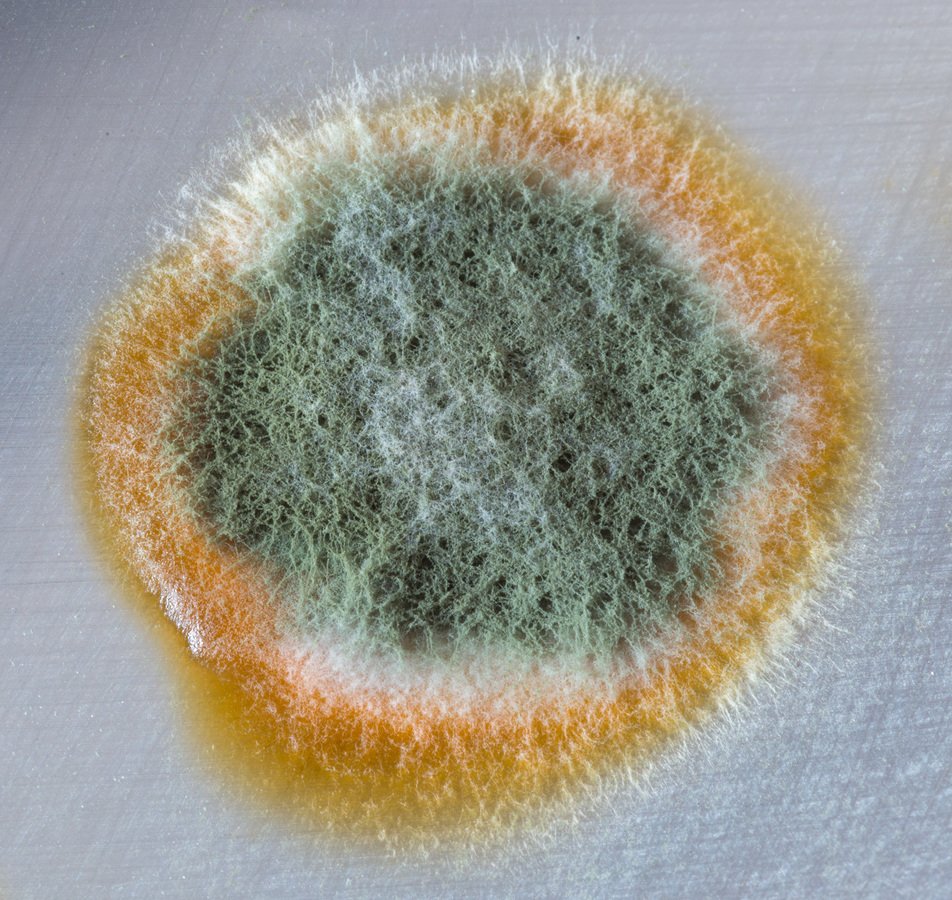Table of Contents Show
Living in the same house for a long period may become boring and non-convenient over time.
Everyone needs changes from time to time; e.g. some people make decisions on changing their homes to keep up-to-date with ever-changing trends, some do it for their comfort and others do it for motivation and freshness.

Although home improvement ideas and renovations are widespread, most of the time they require large amounts of budgets.
That’s why this article will provide you with reasonable home improvement ideas on a budget.
You may:
- Use simple paints to give freshness to your house (painting is the most common DIY home repair project, besides it alerts one’s perception of reality. Additionally, you don’t need to be a professional painter to paint your homerooms)
- Add lighting to draw attention to your space,
- Add details to your entrance,
- Or have organizers in your rooms.
However, these improvements and DIY’s won’t work or make you satisfied and motivated if there are molds at your house!
Molds: What?
Molds, which can grow both inside and outside of your house, are vital creatures for the ecosystem as a whole.
However, although they’re important for the ecosystem they have the opposite effect when growing inside your home.
Open entrances, windows, vents, heating, and air conditioning systems may all allow mold to infiltrate your house.
It may stick to clothing, shoes, and pets, while being outside, which can then be brought inside.
Mold spores are inclined to develop in areas where there is excessive moisture (such as when leaking happens in roofs, pipes, walls, plant pots, or where flooding occurs).
They may also thrive in several constructions and buildings as the majority of them provide molds with the required nutrients “to live”.
Molds may develop in a variety of materials, including dust, paints, wallpaper, insulating materials, drywall, carpet, fabric, and upholstery.
They are more prone to develop in the darkest, dampest places of your house and are more than just an aesthetic concern; they may harm your house and cause serious health problems.
Cladosporium, Penicillium, and Aspergillus are the most prevalent indoor molds. Mold exposure can irritate your eyes, skin, nose, throat, and lungs whether or not you are allergic to them.
Sounds terrible right? The first question that most possibly came to your mind should probably be “How can I understand if there are molds in my house?!”
Although small mold accumulations aren’t that visible and noticeable, the larger ones are easy to detect and smell.
Read Also:
Mold Types
Currently, there are several different types of molds discovered. What’s worse is that different types of them may grow in the same area and the identification of them is almost impossible without complete testing.
Here are the most common types of molds currently known:
- Penicillium (blue, green, or yellow mold, mainly found in the places that have water-caused damages)
- Aspergillus (white, green, or dark-spotted grey molds, that can be found in textiles, walls, attics, and basements)
- Cladosporium (green, black or brown molds that thrive on carpets, woods, heating, and cooling systems)
- Aureobasidium (black-spotted pink mold commonly found on wood and walls)
- Trichoderma ( these molds are naturally whiteish but turn into green when releasing spores, they’re often found on wood, windows, in bathrooms, and kitchens)
- Alternaria (black-spotted white molds, found in fabrics, wallpapers, or air conditioners)
- Stachybotrys chartarum (greenish-black molds that are found on paper, fiberboard, and gypsum board).
However, you don’t need to worry about their types or start studying everything about them to get rid of them.
Just know these main types so that you can distinguish them in case you have spotted a mold colony and want to prevent mold infestation.
Tips and Signs: How to Detect Them?
As already mentioned, molds come in vogue as small creatures but then spread fastly. Unless they’re in a remote area, you’ll typically notice them right away.
Here are short-listed signs that will help you understand if there are molds in your house or not:
- Presence of cracks and breakings on the materials they grow,
- Presence of specific odors (molds usually have a musty smell),
- Bubbly walls, (mold accumulations can cause bubbles to develop on painted walls. The locations with the highest moisture are the most likely to bubble up),
- Presence of water damage in your house,
- Rust presence.
Mold and Health-Related Issues
Black mold (often referred to as poisonous mold) emits mycotoxins (poisonous chemicals produced by fungi) and is widely believed that it can cause serious health concerns.
Mold spores can produce allergy-like symptoms if you touch or inhale them, including:
- Congestion and a runny nose,
- Inflammation of the eyes,
- Sneezing,
- Coughing,
- Throat irritation,
- Rashes on the skin,
- Headache,
- Inflammation of the lungs,
These symptoms are more likely to face people, who have special health conditions like:
- Asthma,
- Allergies,
- Chronic obstructive pulmonary disease (COPD),
- Cystic fibrosis,
- Weakened immune system.
How to Prevent Mold Exposure
It’s almost impossible to eliminate mold and its spores from spreading; mold spores are typically discovered floating in the air and home dust.
However, it’s important to note that molds cannot develop in the complete absence of moisture.
Controlling indoor moisture may and should help to avoid or manage mold growth.
Here are some things you can do to battle mold and protect yourself, your family, and your house:
- As moisture is the key factor that enables mold to grow and spread, you should be attentive to water leaks. Excessive moisture should be removed as soon as possible to avoid further mold-related problems and damages.
- Air conditioners and dehumidifiers also can help you with maintaining low humidity levels in your house (filters should be changed and air conditioners and furnaces should be serviced as needed).
- It may be better for some rooms including bathrooms, basements, and laundry rooms not to be carpeted as those can soak moisture.
- Make sure that your house is adequately ventilated. Exhaust fans should be vented externally whenever used.
- Make sure that you exclude all the risks of your rooms being wet.
What’s Next?
Given all these types above, it will indeed become easier for you to deal with mold-related problems afterward.
However, if you’re still unable to overcome the problem completely, note that there are some companies out there ready to help and assist you with the mold inspection and removal issues.
These companies primarily offer mold inspection and prevention services. As you know all the headache and damage indoor molds can cause, it’s time for you to overcome this problem, no matter on your own or with the help of specialized companies.
This directly concerns both your and your loved ones’ health and well-being!









